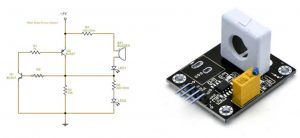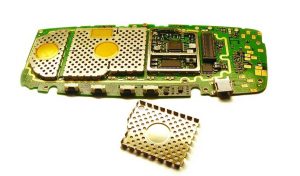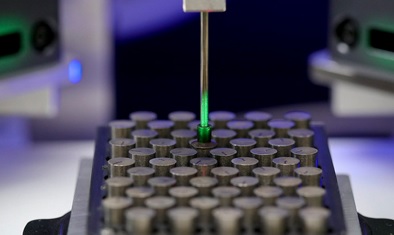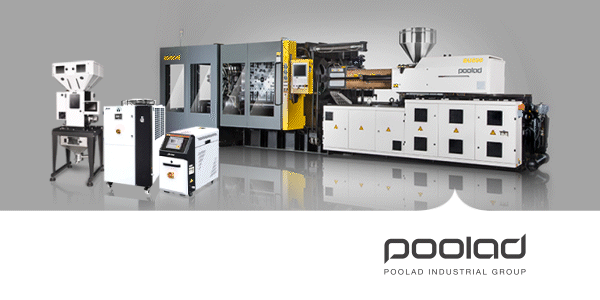Electronics Industry has been revolutionized by this versatile material known as plastics, due to their unique characteristics such as durability and light weight. Be it mobile phones and notebooks or washing machines or industrial equipment, plastics have a crucial role to deliver safety, usability and efficiency. So why do plastics prove to be so useful in electronics in the first place? It is therefore the aim of the following article to discuss the role of these two layers for insulation, protection and performance under different aspects.
Electrical Insulation: Safeguarding Circuits
Plastics also have an important function of electrical insulation in the electrical sector. Only when insulated can  the valuables in the electric circuitry not be shorted out or give fatal failures. Electrical insulation: Plastics are intrinsically electrically non-conductive, or possess high electrical resistivity therefore they cannot conduct free current.
the valuables in the electric circuitry not be shorted out or give fatal failures. Electrical insulation: Plastics are intrinsically electrically non-conductive, or possess high electrical resistivity therefore they cannot conduct free current.
Among the electronics applications, PVC, polyethylene and PTFE are most commonly used due to their excellent insulating qualities. These plastics are usually applied to wires in order to minimize electrical leakage and protect the user. Likewise, printed circuit boards (PCBs) utilize plastics in the capacity of the substrate to achieve the most advantageous electrical separation of diverse circuits. Lenses of the devices are covered with non-conductive plastic shells increase safety by reducing the possibility of directly touching the electrical parts.
Environmental Protection: Shielding Components
It is a covering since plastics act as a barrier that protects delicate circuit board components from adverse  conditions for instance humidity and elevated temperatures. A need of this protection is however imperative in order to increase the durability of the electronic devices in use.
conditions for instance humidity and elevated temperatures. A need of this protection is however imperative in order to increase the durability of the electronic devices in use.
Material such as polycarbonate and thermoplastic polyurethane are rigorously produced to meet this challenging demand of waterproof and heat resistant. That is, these materials enable devices to continue working without fail in hostile conditions. For example there is the modern smartphone that has a casing made of better plastics for water resistance and to keep moisture from penetrating into the inner components that can lead to corrosion.
Mechanical Protection: Ensuring Durability
Besides for protecting the environment, plastics also has mechanical protection features because it is capable in cushioning impacts of accidental drops or knocks. These characteristics make them suitable for using them to develop strong casings for devices and additional internal supporting frameworks.
Some plastics are chemically altered with flame – retardant chemicals to improve safety. These materials allow preventing fire in the event of overheating or some electric fault. To meet the requirements of the safety standards for effective use by consumers, the flame-retardant plastics such as polyphenylene oxide used in devices like laptops and television are adopted.
Enhancing Performance: Versatility and Efficiency
Electronic part is known to be greatly enhanced by plastics in its performance and overall functionality. They are flexible in that engineers use them to create complex and delicate parts, meaning modern devices are both smaller and more efficient. Most widely, flexible plastics have been heavily used in hinge technologies like foldable mobile phones and mini-tablets, wearable technology and notebooks, and highly portable and thin consumer electronics.
Another field where plastics have a major advantage over most other materials is in thermal applications. Usually providing insulating layers, it was also found that the new accomplishments in polymer engineering have provided plastics with a thermal conductivity. These materials are heat resistant and they help reduce the heat building up in different devices in order benefit them in their functioning best manner. Therefore, devices also have increased durability, improved reliability and operate more effectively than before.
Aesthetic Appeal: Beyond Functionality
Other than adding the value of functionality to the electronic products, plastics also have the major role of making the appearance of the electronics look attractive. Glossy and vivid colored plastics, as well as customizable textures are the surfaces with a look and feel of technological artefacts of the 21st century.
From the ergonomic shape of a smartphone and up to the aesthetic look of a smartwatch, plastics allow manufacturers to design appealing devices that consumers would like. The dual glamour and utility of the plastics make them vital in the electronics industry.
Addressing Sustainability Challenges
Nevertheless, their numerous advantages have made a universal use of plastics in electronics bring about environmental issues. The conventional plastics are referred as the non-biodegradable material and mostly their dumping leads to different environmental issues. With the proliferation of digital technology, the industry has had to focus on the problem in question to meet the market demand.
More on the environmental front, the manufactures are looking for an alternative such as bioplastic and recyclable polymers.
 Products like Bioplastics which requires feedstock such as corn and sugarcane, presents an opportunity for decreasing the use of plastics from petroleum products. Recycling innovations are also being made towards transformed plastic wastes that endanger the environment to a minimal level through recirculation. Another waste management effort is the design of electronics devices with a longer life cycle. Robust and serialized structures enable assembly and repair of parts without needing to replace an entire device, subsequently, minimizing plastic use.
Products like Bioplastics which requires feedstock such as corn and sugarcane, presents an opportunity for decreasing the use of plastics from petroleum products. Recycling innovations are also being made towards transformed plastic wastes that endanger the environment to a minimal level through recirculation. Another waste management effort is the design of electronics devices with a longer life cycle. Robust and serialized structures enable assembly and repair of parts without needing to replace an entire device, subsequently, minimizing plastic use.
Future Innovations in Plastics
Plastics application in electronics is in a constant state of change due to developments in material science. Copolymers such as conductive polymers, let metal conductivity with plastic pliability – for flexibility circuits and sensors.
Plastic electronics or flexible electronics comprises of smart plastics to adapt to changes such as temperature change or pressure and are set to experience rapid development. These materials assist emerging concepts like smart parts and smart systems which change their shape depending on the environment. Further, 3D printing technologies are improving the manufacture of bespoke plastic parts and improve manufacturing cycle time and operational efficiency with minimized material wastage.
Conclusion:
Electronic companies cannot work without plastics as they provide the highest form of insulation, protection and performance. They enable manufacturing of robust, slender and attractive devices that tweak with the modern consumer expectations.
It is however important to understand that the environmental problems caused by plastic can’t be overlooked; but emergence continues to conquer through innovations. The points raised above are as follows, bioplastics are used to meet these anxieties, and this gives even polylactic acids. Even better, are often used to work plastics, and nowadays techniques are improved on plastics.
In matters of safety with insulation, to matters of performance with sophisticated designs, plastics are the ingredient in the tech that makes the modern world go round. Thus, the role of plastics in electronics will only increase in the future as the industry develops, and the relevance of new technologies combined with performance will become critical.













